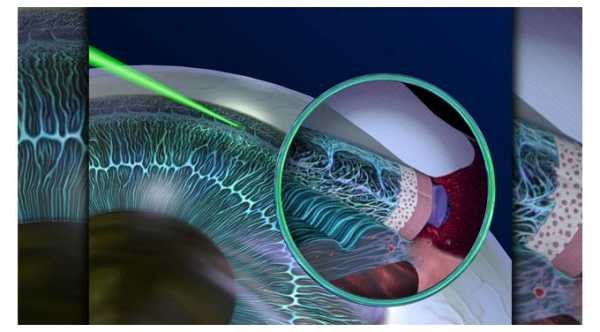Glaucoma is a group of eye diseases often associated with too much pressure inside the eye.
It is the leading cause of irreversible blindness worldwide.
-
What are the symptoms of glaucoma?
Also known as the “silent thief of sight”, most types of glaucoma do not cause any symptoms in the early stage. Damage occurs slowly and typically affects the peripheral vision first, such that patients are unaware that they are losing sight until considerable damage has already occurred.
In Acute Angle-Closure Glaucoma, patients can experience sudden-onset eye pain or headache, nausea and vomiting, blurred vision and seeing haloes around lights. This is a medical emergency and urgent medical attention is required to prevent permanent blindness.
-
What are the common risk factors of glaucoma?
A family history of glaucoma
High eye pressure
Aged >50 years
Diabetes
Previous eye injury
Very long- or very short-sighted
-
How is glaucoma diagnosed?
Even though glaucoma damage is irreversible, early detection and treatment can slow down the disease and prevent further vision loss. It is very important to have a comprehensive eye assessment regularly to look for glaucoma. This should start at the age of 50 years for those without a family history of glaucoma, and 40 years for those with a family history.
At your assessment, the following tests which are all painless will be performed:
Measure your eye pressure
Check your central and peripheral vision
Examine your eye’s internal drainage angle
Examine and image your optic nerve
It is important to remember that glaucoma generally causes no symptoms so it cannot be self-diagnosed.
What treatments are available for glaucoma?
Medication
Glaucoma medications usually come in the form of daily administration of an eye drop. They work by either reducing the production of aqueous humor (the fluid that filled the eye) in the eye or increasing the drainage of aqueous humor out of the eye, thereby lowering the eye pressure.
Glaucoma eye drops are very safe and usually well-tolerated, but can have localised side-effects and occasionally more serious contraindications that Dr Fan Gaskin would discuss with you. It is extremely important that they are taken as instructed to achieve the maximal targeted and sustained eye pressure lowering effect.
Laser
Laser therapy is now a routine part of glaucoma treatment. Different types of lasers are used for different types and stages of glaucoma.
The following types of lasers are used in glaucoma treatment:
Selective laser trabeculoplasty is performed to stimulate increased drainage of aqueous humor
Laser peripheral iridotomy is performed to open the drainage angle in cases of narrow or closed drainage angles
Cyclodiode laser treatment is performed to reduce production of aqueous humor in the eye
Surgery
Glaucoma surgery is usually reserved for those who have failed or cannot tolerate medical or laser therapy.
Minimally-invasive glaucoma surgery (MIGS) is a group of new surgical devices aimed at reducing eye pressure in patients with mild-to-moderate glaucoma. MIGS typically involves implanting a small stent to increase outflow of aqueous humor and are frequently performed in conjunction with cataract surgery. Dr Fan Gaskin is the Chief Investigator of the only MIGS study with level 1 evidence based on an Australian population (A Randomised-Controlled Trial of cataract surgery versus combined cataract surgery with iStent Inject®).
The gold-standard glaucoma operation is the trabeculoctomy. This operation is most effective as achieving low eye pressure and is usually performed on patients with advanced glaucoma.
Glaucoma drainage devices are surgically-implanted devices that allow fluid to drain out of the eye through a silicone tube into a reservoir held under a plate. Glaucoma drainage devices are usually reserved for patients with more complex disease, where other forms of surgery may not be successful.



